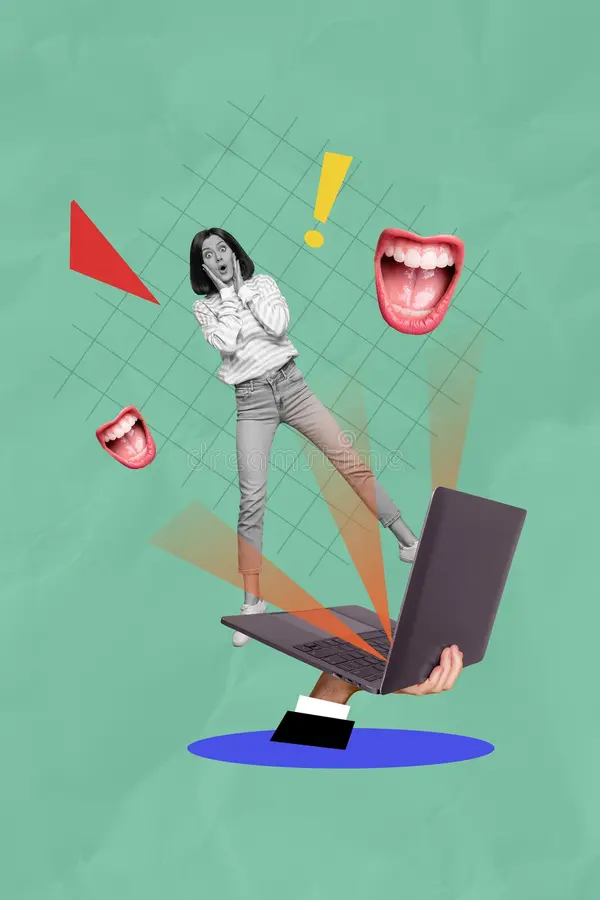Cyberbullying is one of the fastest-growing and most dangerous forms of abuse today. It hides in comments, DMs, group chats, and viral posts — often invisible to the adults and leaders who could intervene.
At the Echo Movement, we’re shining a light on the realities of online harassment — for both young people and adults. When left unchecked, cyberbullying doesn’t just hurt feelings — it wrecks mental health, disrupts education, and costs lives.

“Cyberbullying is willful and repeated harm inflicted through electronic devices like phones, computers, and tablets. It happens through social media, texts, emails, gaming platforms, and more — anywhere someone can be targeted, shamed, excluded, or harassed behind a screen.”
We’re building the Echo Movement with the same bold energy you see in the world’s most forward-thinking platforms.
This statistics suggests a lack of awareness of what cyberbullying actually is.
But we can all take part in disrupting it — by educating, empowering, and protecting one another.
It’s always on: Unlike traditional bullying, cyberbullying can happen anytime — day or night. There’s no safe space when the harassment follows you home in your pocket.
It spreads fast: A single cruel comment, video, or rumor can go viral within minutes — reaching hundreds or thousands, and causing massive emotional harm.
It hides in plain sight: Perpetrators can stay anonymous. Victims may be too ashamed or afraid to speak up. And most adults have no idea it’s happening until it’s too late.
It sticks around: Digital abuse doesn’t disappear. Posts, screenshots, and messages can live online forever — making healing harder and retraumatization more likely.
A cyberbully is someone who uses digital technologies, such as social media, messaging platforms, or gaming communities, to deliberately and repeatedly harass, threaten, or humiliate others. This behavior is intentional, persistent, and often anonymous, making it particularly harmful.
Cyberbullying can lead to severe emotional and psychological effects, including:
In extreme cases, cyberbullying has been linked to self-harm and suicidal thoughts.
Examples of cyberbullying include:
Cyberbullying involves the use of digital platforms to harass or intimidate individuals. To address it: